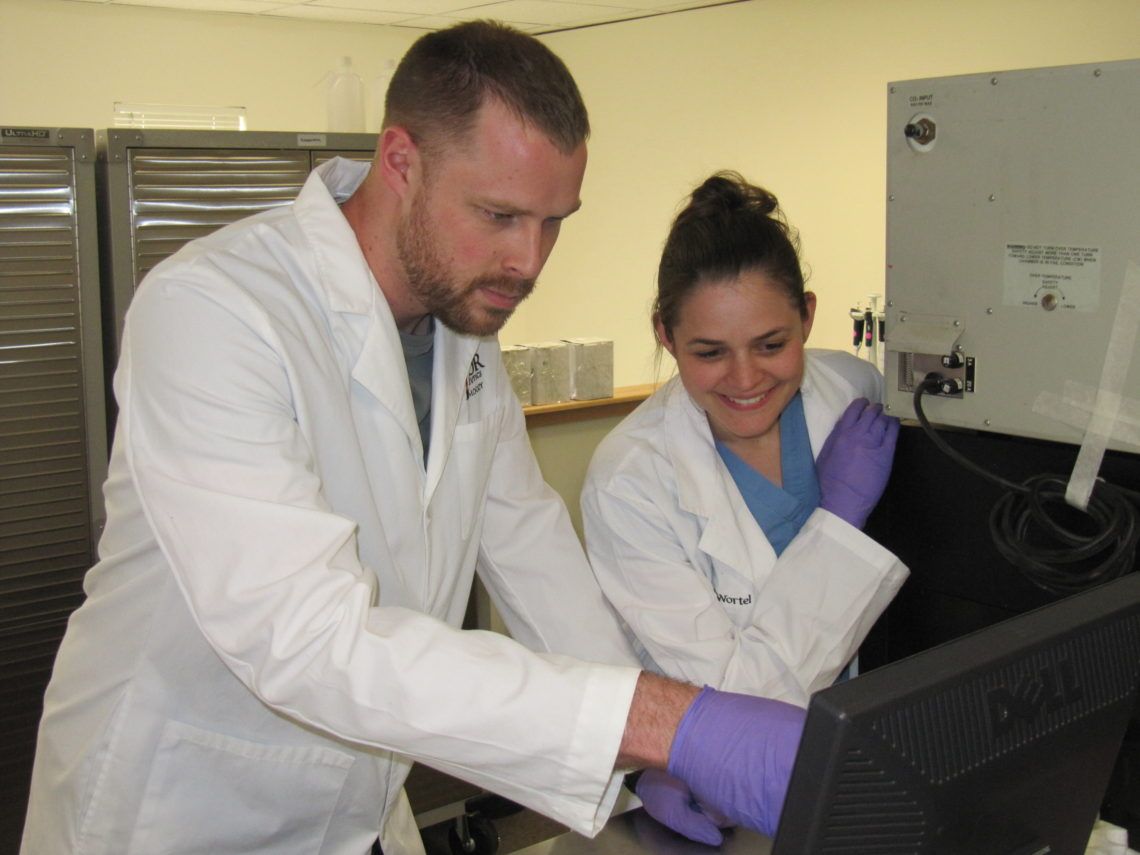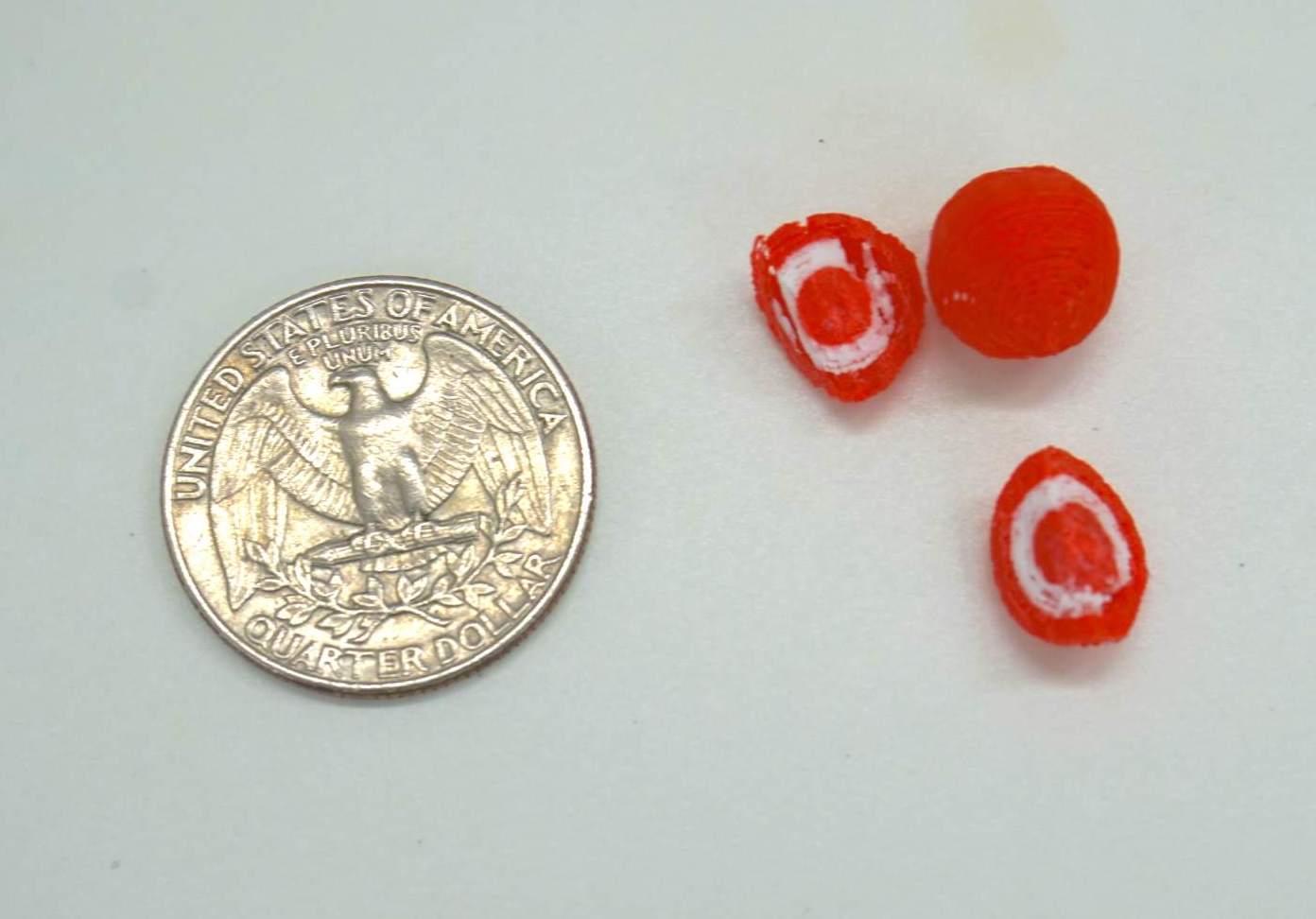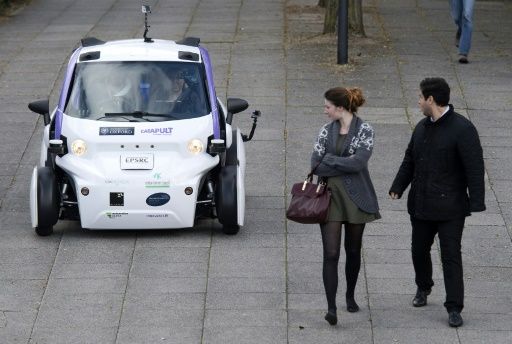Ingenious e-skin invented by scientists from the University of Glasgow improves the performance of prosthetic limbs through sensitive sensors.
Category: biotech/medical – Page 2,887


Elon Musk’s new co could allow uploading, downloading thoughts: Wall Street Journal
This is big: Is the Singularity a step closer?
Tesla Inc founder and Chief Executive Elon Musk has launched a company called Neuralink Corp through which computers could merge with human brains, the Wall Street Journal reported, citing people familiar with the matter.
Neuralink is pursuing what Musk calls the “neural lace” technology, implanting tiny brain electrodes that may one day upload and download thoughts, the Journal reported. (on.wsj.com/2naUATf)
Musk has not made an official announcement, but Neuralink was registered in California as a “medical research” company last July, and he plans on funding the company mostly by himself, a person briefed on the plans told the Journal.

An Amazing Therapy That Might Cure Age Related Blindness
An exclusive interview with Ichor, the biotech company pioneering a SENS based repair therapy that could help cure age related blindness.
Check out our exclusive interview with Ichor the company taking the first SENS based therapy to the clinic. Should clinical trials be a success this will mark the arrival of a technology that addresses one of the aging processes.

3D printed pills: interview with FabRx at University College London
Are 3D printed pills the future? We visited a London laboratory to find out.
Established by academics from University College London (UCL) in 2014, FabRx is a company seeking commercialize 3D printed medicines and devices. On the principle that everyone is different, the vision of 3D printed pills it to be able to provide more personal and specific care to patients in need.
Dr. Alvaro Goyanes is one of the four founding partners of FabRx and the company’s director of development. Dr. Goyanes invited 3D Printing Industry into the lab at UCL’s School of Pharmacy to find out more about the ongoing FabRx research.
10 AMAZING Abilities HIDDEN in Your GENES
Amazing Genes are HIDDEN inside of us; Science has found it. In 2014 one of the craziest science experiments by some incredible scientists at Oxford University found that less than 10% of human DNA is active, meaning that the majority of your genetic code is just sitting around doing nothing.
Narration provided by JaM Advertising New Mexico www.tasteofjam.com
If you’ve ever been in a fight with a child, and I know I have, you’ll soon realise that their bodies have an uncanny ability to heal faster than an adult’s. Every human on Earth possesses a gene called ACTN3, but for some people this gene possesses a very special ability — the ability to be totally badass at sports. When my head is in a bouquet of flowers or I’m hovering over a batch of freshly baked cookies, I wonder how great this must smell to a dog. Remember that movie where Bruce Willis had unbreakable bones and Samuel L Jackson played a weird guy who said he was unbreakable and he proved it when he was in a car crash and his bones were unbreakable?The ability to hibernate for months at a time is a trait man has envied ever since the invention of the Lay-Z-Boy. Instead of sleeping for months, how awesome would it be to need no more than four hours sleep and still feel as refreshed as you would after sleeping in till noon? Remember the mice from the regeneration gene entry? Ever wanted to swim underwater without having to worry about that pesky little thing called drowning? On the surface this ability may sound pretty neat, because imagine how good chocolate or steak would be if your sense of taste was ramped up a few notches? The ability to become infected by an ancient virus may not seem like the best dormant trait to wake up, but they can’t all be winners now can they?

Google to bring artificial intelligence into daily life
Tech to aid video search, detection of disease and of fraud.
Artificial intelligence has been the secret sauce for some of the biggest technology companies. But technology giant Alphabet Inc.’s Google is betting big on ‘democratising’ artificial intelligence and machine learning and making them available to everyone — users, developers and enterprises.
From detecting and managing deadly diseases, reducing accident risks to discovering financial fraud, Google said that it aimed to improve the quality of life by lowering entry barriers to using these technologies. These technologies would also add a lot of value to self-driving cars, Google Photos’ search capabilities and even Snapchat filters that convert the images of users into animated pictures.
Scientists Have Turned Spinach Into Beating Human Heart Tissue
Researchers have successfully used spinach leaves to build functioning human heart tissue, complete with veins that can transport blood.
To tackle a chronic shortage of donor organs, scientists have been working on growing various tissues and even whole organs in the lab. But culturing a bunch of cells is only part of the solution — they simply won’t thrive without a constant blood supply.
It’s notoriously difficult to build a working network of fine blood vessels (also called vasculature), especially when you get down to capillaries, which are only 5 to 10 micrometres wide. Blood vessels transport the oxygen and nutrients that a lab-grown tissue sample needs to grow and function.

Scientists find a low-cost way to build genomes from scratch
To put it mildly, sequencing and building a genome from scratch isn’t cheap. It’s sometimes affordable for human genomes, but it’s often prohibitively expensive (hundreds of thousands of dollars) whenever you’re charting new territory — say, a specific person or an unfamiliar species. A chromosome can have hundreds of millions of genetic base pairs, after all. Scientists may have a way to make it affordable across the board, however. They’ve developed a new method, 3D genome assembly, that can sequence and build genomes from the ground up for less than $10,000.
Where earlier approaches saw researchers using computers to stick small pieces of genetic code together, the new technique takes advantages of folding maps (which show how a 6.5ft long genome can cram into a cell’s nucleus) to quickly build out a sequence. As you only need short reads of DNA to make this happen, the cost is much lower. You also don’t need to know much about your sample organism going in.
As an example of what’s possible, the team completely assembled the three chromosomes for the Aedes aegypti mosquito for the first time. More complex organisms would require more work, of course, but the dramatically lower cost makes that more practical than ever. Provided the approach finds widespread use, it could be incredibly valuable for both biology and medicine.

Tech world debate on robots and jobs heats up
Are robots coming for your job?
Although technology has long affected the labor force, recent advances in artificial intelligence and robotics are heightening concerns about automation replacing a growing number of occupations, including highly skilled or “knowledge-based” jobs.
Just a few examples: self-driving technology may eliminate the need for taxi, Uber and truck drivers, algorithms are playing a growing role in journalism, robots are informing consumers as mall greeters, and medicine is adapting robotic surgery and artificial intelligence to detect cancer and heart conditions.